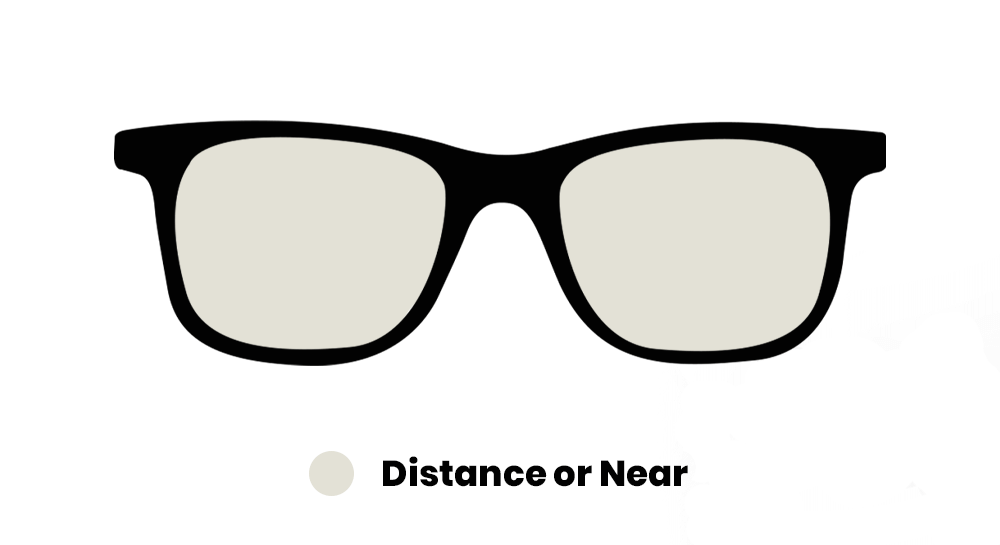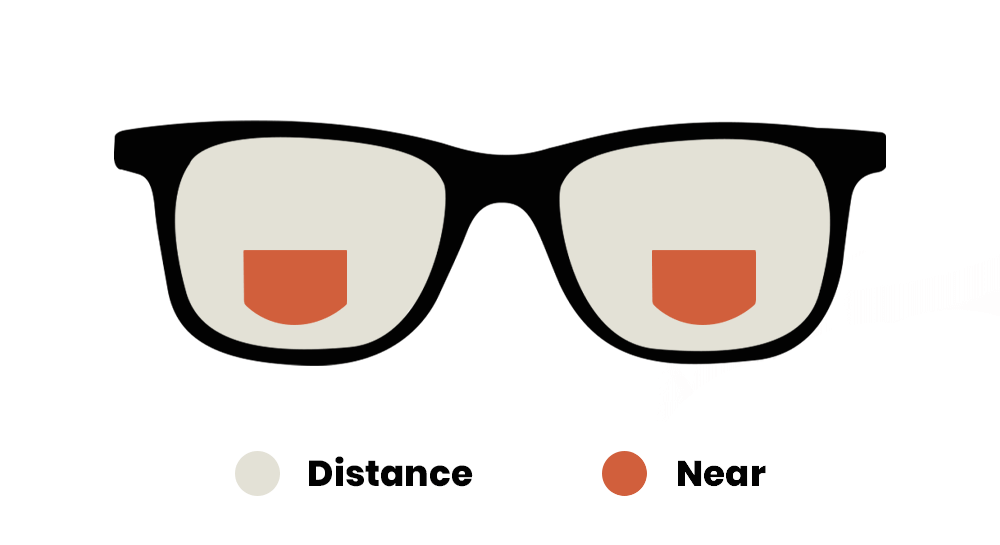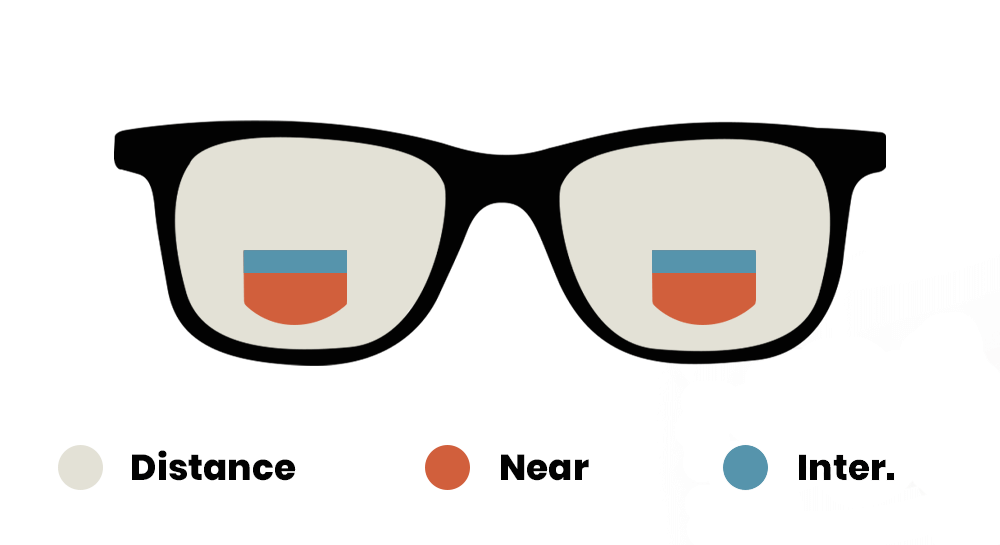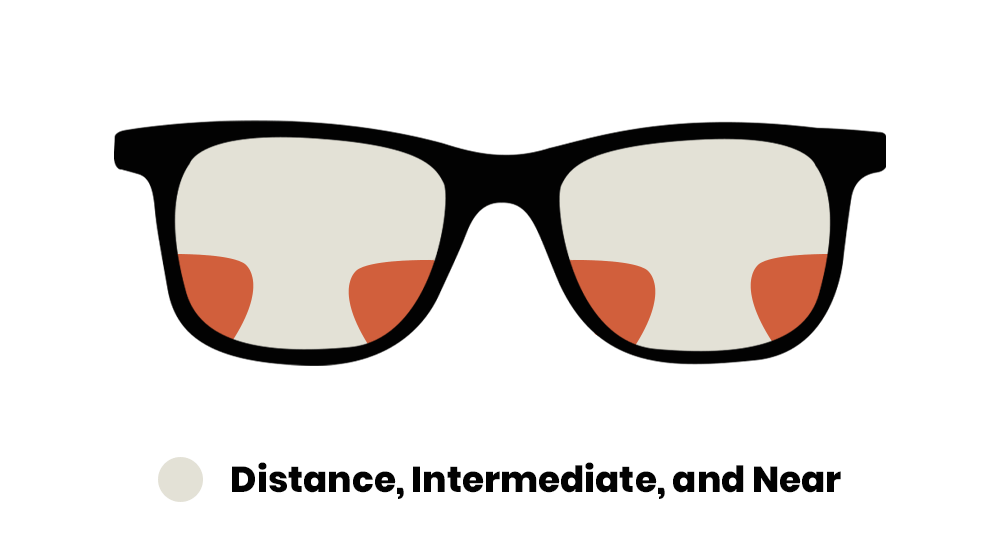Many people experience visual disturbances that lead them to wonder why lights appear as starbursts. If you’re asking yourself about astigmatism and its effects, you’re not alone. This blog post will clarify common questions about astigmatism, its causes, and the specific visual symptoms, like light distortion. You’ll discover effective diagnostic tools such as the autorefractor, explore treatment options including toric lenses, and gain insights into what helps astigmatism management. Understanding these aspects can significantly improve your visual comfort and overall well-being.
Understanding Astigmatism
Astigmatism is a common refractive error that occurs when the cornea or lens is unevenly curved, affecting the optical power of the eye. This irregular shape can lead to distorted or blurred vision, making images appear wavy or stretched. Additionally, understanding concepts like the meaning of axis on eye prescriptions and the use of rigid gas permeable lenses can help manage the condition effectively.
What Is Astigmatism?
Astigmatism is characterized by an irregular curvature of the cornea or lens, which alters the way light enters the eye. This variation causes blurred or distorted vision, leading many to wonder what does astigmatism look like in everyday scenarios. For those affected, activities that require clear sight, such as reading or driving at night, can become challenging due to poor night vision and the appearance of lights as starbursts.
Those who sustain an eye injury may experience an increase in astigmatism, highlighting the condition’s association with trauma. Understanding how astigmatism affects vision is crucial for managing symptoms effectively. Regular eye exams and corrective lenses can significantly improve visual clarity and comfort for individuals facing these challenges.
How Does Astigmatism Affect Vision?
Astigmatism leads to significant visual challenges due to the distortion of light entering the eye. Those affected often see lights as starbursts, especially in low-light conditions, making tasks like night driving more difficult. According to the American Academy of Ophthalmology, corrective lenses or surgery may be necessary to address these symptoms, helping to restore clearer vision.
This condition can manifest in various ways, affecting daily activities such as reading or using screens. For instance, individuals may require glass prescriptions specifically designed to counteract the uneven curvature of their corneas or lenses. Eye surgery options, such as LASIK, are also available for those seeking a more permanent solution to manage astigmatism, improving their overall quality of life.
Exploring Starburst Effects
Lights often appear as starbursts for individuals with astigmatism due to the irregular shape of the cornea or lens. This section will explain why lights appear distorted and the role astigmatism plays in this phenomenon. Understanding what astigmatism does to vision can provide insights into what helps with astigmatism, including the corrections a surgeon might recommend and the effectiveness of various treatments, as illustrated in a comprehensive chart.
Why Do Lights Appear as Starbursts?
Individuals with astigmatism often perceive lights as starbursts due to the way light is refracted through an unevenly curved cornea or lens. This distortion leads to a splitting of light rays, resulting in the characteristic starburst effect around bright sources, particularly noticeable at night or in low-light environments. Eye examinations can help identify the degree of astigmatism, often quantified using values such as cylinder measurements, which indicate the amount of astigmatism present.
Understanding the factors that cause astigmatism to worsen can aid in managing the condition. Contributing aspects can include eye strain, trauma, or changes in vision that may lead to diplopia, or double vision. Therapy options, such as prescribed corrective lenses or refractive surgery, can address these visual disturbances and improve overall clarity, allowing those affected to enjoy a more comfortable visual experience.
What Role Does Astigmatism Play in Starburst Vision?
Astigmatism significantly influences how individuals perceive lights at night, often causing them to appear as starbursts. This occurs because the irregular shape of the cornea or lens disrupts the refractive process, leading to reduced visual acuity. Patients experiencing this phenomenon may struggle with activities like night driving, where multiplicative glare from oncoming headlights can be especially disorienting, highlighting the need for corrective lenses that can help manage the condition.
Causes of Astigmatism
Several factors contribute to astigmatism, including genetic predispositions and environmental influences. Genetic traits can result in irregularities within the eye‘s tissue, while external factors such as prolonged screen time may lead to visual discomfort and even headache. The following sections will explore these causes in more detail, including how the shape of the pupil and the eye‘s overall structure affect clarity on an eye chart.
What Factors Contribute to Astigmatism?
Several factors contribute to astigmatism, including genetic predispositions and changes in the eye‘s structure. For instance, individuals may inherit a tendency for irregularities in the shape of their cornea or lens, significantly impacting their eyeglass prescription. In an optometry exam, a phoropter is typically used to assess these variations, which can determine the appropriate correction needed to manage symptoms effectively.
Environmental influences also play a role in developing astigmatism. Prolonged screen time can lead to eye strain and discomfort, potentially exacerbating existing vision issues. As patients learn more about what astigmatism does to their vision, they often realize that addressing these contributing factors is essential for improving clarity and comfort in everyday activities.
Genetic and Environmental Influences
Astigmatism can arise from various genetic factors, as some individuals may inherit conditions that lead to irregularities in the shape of the cornea or lens. These inherited characteristics can directly impact vision quality, leading to questions about what is astigmatism caused by in different individuals. Understanding these genetic traits enables eye care professionals to tailor appropriate corrective measures, such as orthokeratology, which helps reshape the cornea to improve vision.
Environmental influences also contribute to what causes astigmatism. Prolonged exposure to screens can strain the eyes, potentially exacerbating existing conditions. Recognizing what is an astigmatism in your eyes allows patients to explore effective strategies for managing symptoms, ensuring that they maintain clarity in their vision and comfort during daily activities. By addressing both genetic and environmental factors, individuals can better understand the root causes of their vision challenges.
Diagnosis of Astigmatism
Astigmatism diagnosis involves various tests to assess the curvature of the cornea and lens, identifying how light is refracted. Key examinations include visual acuity tests and keratometry, which measures the corneal shape. Understanding what does axis mean on an optical prescription is also vital, particularly for those considering laser surgery to correct their vision. This section will elaborate on these essential diagnostic methods and their significance in managing astigmatism effectively.
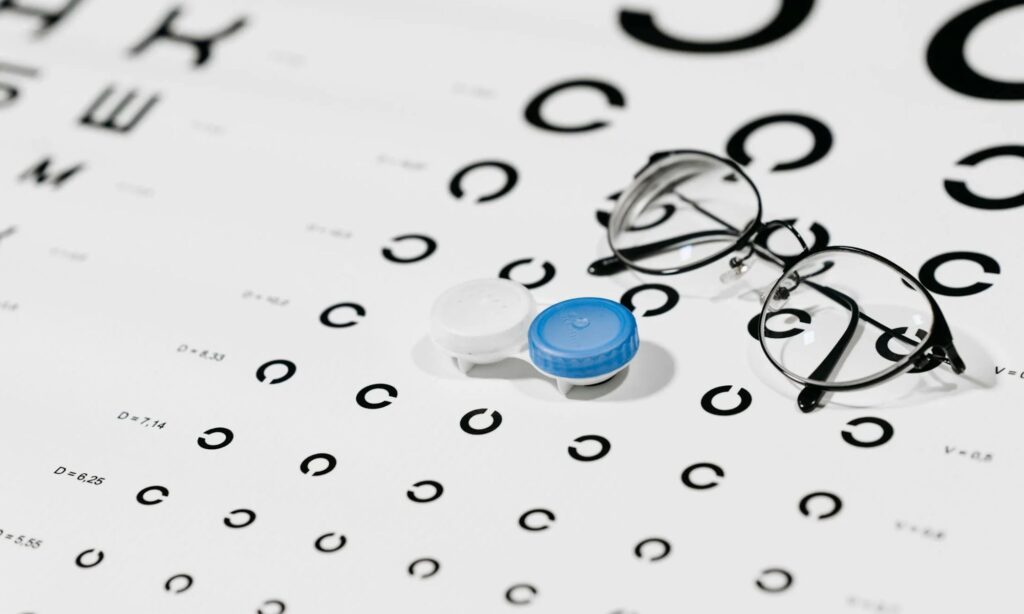
How Is Astigmatism Diagnosed?
Diagnosing astigmatism typically involves comprehensive eye examinations that assess the curvature of the cornea and lens. An eye care professional examines visual acuity using standardized tests, which help to identify the degree of refractive errors. Tools like keratometers measure the corneal shape, while patient reports on symptoms such as eye strain contribute to understanding their overall health and visual challenges.
In some cases, the evaluation may also involve determining the appropriate corrective measures, such as contact lenses or LASIK eye surgery for those seeking a long-term solution. Patients with a history of issues like conjunctivitis or prolonged screen time may need special attention to ensure that underlying conditions do not exacerbate their astigmatism. Understanding these diagnostic steps allows individuals to take proactive measures for improved vision clarity.
What Tests Are Used to Identify Astigmatism?
To identify astigmatism, eye care professionals typically perform a series of tests that assess the refraction and curve of the human eye. One common method includes visual acuity tests, which measure how well a person can see at various distances. These tests help determine the presence of refractive errors, providing insights into what does astigmatism mean for the individual’s vision.
Keratometry is another essential tool used during eye examinations, measuring the curvature of the cornea to identify irregularities associated with astigmatism. By understanding these changes, health insurance providers can often cover the necessary corrective options, such as glasses or contact lenses, to improve visual comfort. This proactive approach aids individuals in managing their vision and understanding the implications of astigmatism on their daily lives.
Treatment Options for Astigmatism
For those dealing with astigmatism, various treatment options are available to improve visual clarity. Glasses are tailored to correct refractive errors, while contact lenses offer comfort and convenience. Refractive surgery provides a more permanent solution, mitigating the impact of astigmatism. Additionally, alternative treatments may exist to address related conditions like amblyopia and presbyopia, ensuring a comprehensive approach to eye health.
How Do Glasses Correct Astigmatism?
Glasses designed to correct astigmatism focus on compensating for the irregular shape of the cornea, helping to ensure that light entering the eye is accurately refracted. During an eye exam, an optometrist assesses how the light interacts with the cornea and optic nerve to determine the specific prescription needed. This correction enables the brain to process visual information more effectively, reducing distortions and enhancing overall clarity.
In cases where individuals have experienced an injury to the eye, glasses can play a crucial role in restoring proper vision. The right lenses not only address astigmatism but also help to alleviate visual discomfort caused by strain. By improving the way eyes perceive light, glasses allow individuals to engage in daily activities with greater ease, minimizing the starburst effect from bright lights, particularly in low-light situations.

What Are the Benefits of Contact Lenses?
Contact lenses offer several advantages for individuals with astigmatism, primarily by providing a more natural field of vision. Unlike glasses, which can create distortions at the edges of the lenses, contact lenses sit directly on the eye‘s surface, allowing light to enter without obstruction. This positioning helps individuals experience reduced starburst effects, especially in low-light settings, enhancing comfort during activities such as driving at night.
Moreover, during an eye examination, a slit lamp can be used to assess the fit of contact lenses on the eye, ensuring they accommodate the unique shape associated with astigmatism. This personalized fitting helps optimize visual clarity and comfort, allowing those affected to engage in daily activities with greater ease. Many find that contact lenses allow for more freedom in their lifestyle, eliminating the hassle of shifting glasses, particularly during sports or other physical activities.
How Does Refractive Surgery Help?
Refractive surgery effectively addresses astigmatism by reshaping the cornea, allowing light to enter the eye more uniformly. Procedures like LASIK use precision lasers to flatten or steepen specific areas of the cornea, correcting the irregular curvature that causes visual disturbances, such as starburst effects around lights. Many individuals report improved clarity and reduced dependence on corrective lenses following the surgery.
Are There Alternative Treatments Available?
Alternative treatments for astigmatism often include orthokeratology, a method that uses specially designed contact lenses to reshape the cornea temporarily while sleeping. This approach allows individuals to enjoy clear vision during the day without relying on glasses or standard contact lenses. For some, this non-surgical option proves to be an effective solution for managing astigmatism while addressing discomfort experienced in daily activities.
An additional method gaining attention is vision therapy, which focuses on exercises aimed at improving visual skills and eye coordination. Patients may find this option beneficial, especially when related eye conditions, such as amblyopia, coexist with astigmatism. By engaging in targeted visual activities, individuals can enhance their ability to focus and perceive light more evenly, potentially reducing the occurrence of starburst effects at night.
Managing Astigmatism in Daily Life
Making lifestyle modifications can significantly improve the experience of living with astigmatism, helping individuals manage symptoms effectively. Understanding when to seek professional help is also essential in preserving vision quality. This section will explore practical lifestyle changes that enhance daily activities and outline key indicators for consulting eye care professionals regarding persistent visual issues.
What Lifestyle Changes Can Help?
Individuals managing astigmatism can benefit from lifestyle modifications that enhance their visual comfort. Reducing screen time or taking regular breaks during prolonged digital use can alleviate eye strain, which often exacerbates symptoms. Engaging in activities like the 20-20-20 rule—looking at something 20 feet away for 20 seconds every 20 minutes—can provide a simple yet effective way to reduce discomfort caused by astigmatism.
Incorporating proper lighting in living and working spaces also plays a significant role in improving vision quality. Ensuring that environments are well-lit, especially during evening hours, can minimize the starburst effect when viewing bright lights. Using non-glare screens or adjusting the brightness on electronic devices can further enhance clarity and comfort, making daily tasks more manageable for those affected by astigmatism.
When Should You Seek Professional Help?
Individuals experiencing increased difficulty seeing clearly, especially in low-light conditions, should consider seeking professional help for their astigmatism. If lights appear as starbursts more frequently or if blurred vision becomes a regular occurrence, consulting an eye care specialist can provide insights into potential corrective options. A timely evaluation can lead to personalized treatment strategies that improve visual comfort and clarity.
Moreover, if symptoms such as eye strain, double vision, or persistent headaches occur, it is essential to reach out to an eye care provider. These signs may indicate that current management techniques need reassessment or that a new prescription may be necessary. By addressing these concerns swiftly, individuals can ensure that their visual health remains a priority and that they can continue engaging in daily activities with confidence.
Understanding astigmatism is essential for recognizing how it affects vision, particularly the distortion that causes lights to appear as starbursts. These visual challenges can impact daily activities, making awareness of the condition vital for effective management. Seeking regular eye exams and utilizing corrective lenses or surgical options can significantly enhance visual clarity. By addressing astigmatism proactively, individuals can improve their overall quality of life and navigate daily tasks with greater ease.










